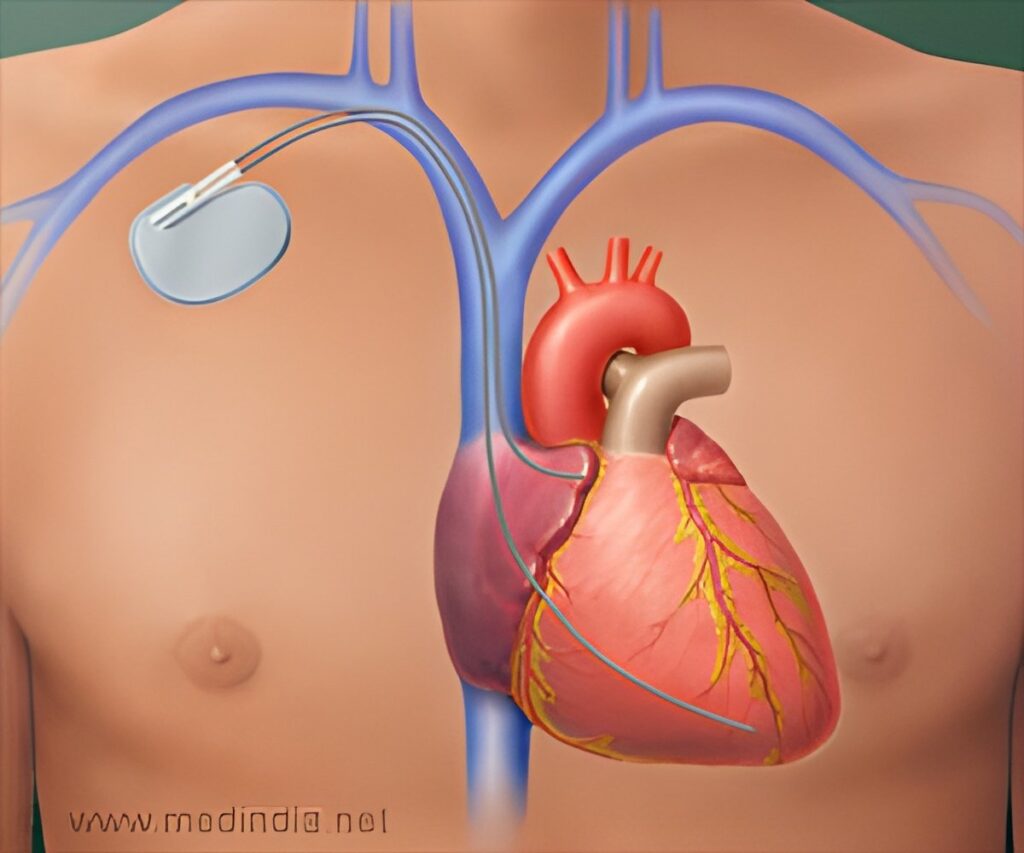In a significant medical advancement for Eastern India, doctors at Medica Superspecialty Hospital successfully implanted a next-generation heart rhythm device in a 33-year-old patient suffering from a life-threatening cardiac conduction disorder. The dual-physiological pacing procedure, combining Bachmann’s Bundle (BB) and Left Bundle Branch Area Pacing (LBBAP), was performed for the first time in the region, offering new hope for young patients with complex arrhythmias.
The patient, a daily-wage driver from Tripura, had been battling sick sinus syndrome and intermittent atrioventricular block, conditions that slowed his heartbeat to a perilous 25 beats per minute. He experienced frequent blackouts, dizziness, and breathing difficulties, severely limiting his quality of life. Following the procedure, the patient’s heartbeat normalized, and he was discharged within 24 hours with no complications.
A More Natural Alternative to Traditional Pacemakers
Unlike conventional pacemakers, which typically stimulate the right ventricle and can lead to long-term side effects such as atrial fibrillation or heart failure, the BB-LBBAP combination closely mimics the heart’s intrinsic conduction system. This technique not only restores a more natural heartbeat pattern but also reduces the likelihood of complications often associated with long-term pacing in young patients.
Dr. Dilip Kumar, senior interventional cardiologist at Medica and head of the team that conducted the procedure, described it as a milestone in India’s cardiac care journey. “We are moving away from just managing symptoms to actually restoring the heart’s natural electrical rhythm,” he said. “This is especially important for younger patients who will depend on pacing for several decades.”
Breakthrough at Minimal Cost
Perhaps one of the most encouraging aspects of the procedure is its affordability. Despite being a more advanced method, the dual-physiological pacing approach added just ₹10,000 to the cost of a standard pacemaker implantation—a negligible increase considering the potential for improved quality of life and reduced long-term risks.
“This is a game-changer,” Dr. Kumar added. “It’s a powerful example of how technology and clinical skill can come together to create accessible, next-generation healthcare solutions.”
Implications for India’s Future in Cardiac Care
With rising cases of rhythm disorders among the young due to genetic and lifestyle factors, the need for better pacing methods has never been more urgent. Experts believe that this successful implementation could pave the way for broader adoption across India, especially in tertiary care centers.
Medica has now positioned itself as a regional leader in advanced cardiac electrophysiology and plans to expand its cardiac pacing program to serve more patients from Eastern and Northeastern India.
While cardiac rhythm disorders have long relied on standard pacing techniques, this procedure marks a decisive step toward safer and more physiological pacing. For the patient, it means a return to normal life. For India, it represents a leap forward in bridging the gap between innovation and accessibility in critical healthcare.


